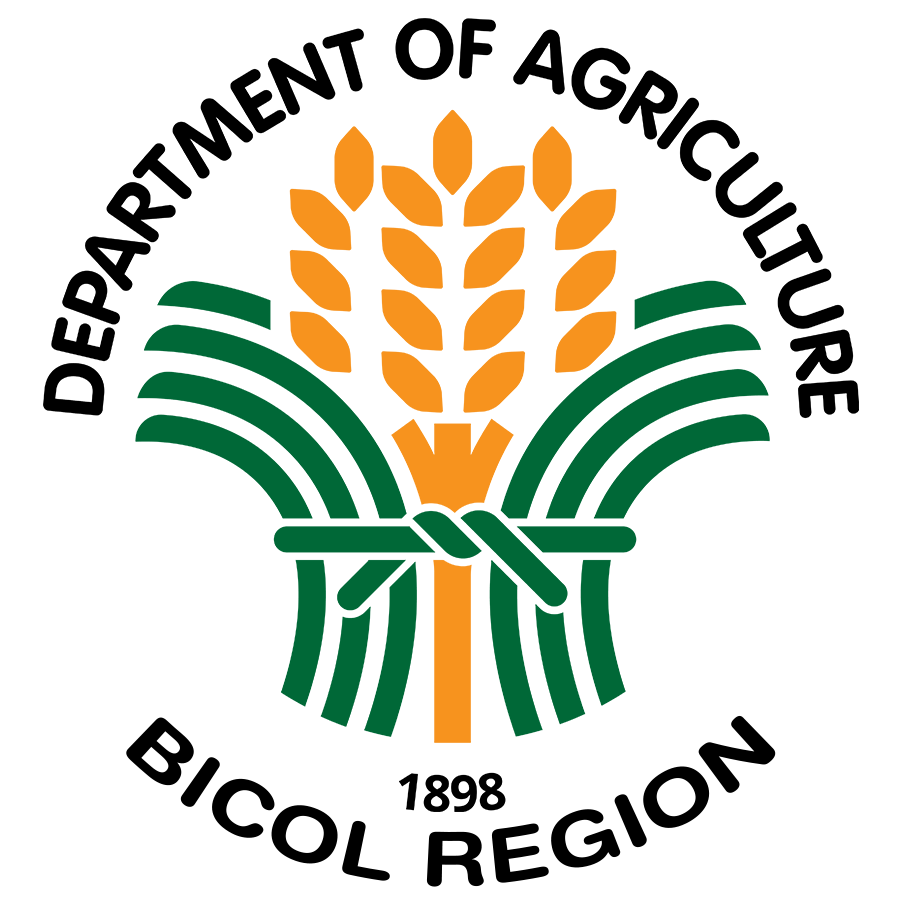PRESS RELEASE No. 66SAN AGUSTIN, PILI, CAMARINES SUR – The DA Bicol through the Adaptation and Mitigation Initiative in Agriculture (AMIA) Project recently conducted a climate forum for wet season cropping to disseminate important updates on climate outlooks to the Local Government Units.
The online forum was participated in by 67 provincial and city/municipal agriculturists from the six provinces of the Bicol Region.
DA Bicol Regional Technical Director for Operations Luz R. Marcelino in her welcome message, said that climate information is a powerful tool which can aid farmers in planning their farm activities and also for pest and disease detection. She commended the AMIA group headed by Lorenzo L. Alvina for coming up with the Regional Seasonal Climate Outlook and Advisory. Since 2017, the AMIA group has been releasing this advisory to the 114 provincial and city/municipal LGUs and SUC partners before the start of every cropping season. This is also being posted in the DA Bicol website and social media pages. It contains climate outlook for a 6-month period, including rainfall data which were consolidated by AMIA. The one-pager advisory also contains possible impact of the prevailing climate to agriculture and the interventions available to vulnerable areas.
Marcelino urged the LGUs to adopt the climate resilient agri practices being recommended by the AMIA as these have already been proven in a number of trials conducted in AMIA villages. “AMIA practices would also be mainstreamed in all the programs of DA Bicol following Secretary William Dar’s “OneDA” approach towards climate resilient environment and digitalization phase,” RTD Marcelino added.
Fred B. Consulta, Chief Meteorological Officer of PAGASA in Pili, Camarines Sur presented the seasonal climate outlook for May to October 2021. He said that La Niña conditions continue to weaken and a transition to ENSO –neutral condition will be likely in May to July 2021. Lorenzo L. Alvina, Disaster Risk Reduction head and AMIA focal person of DA 5 discussed the impact of the climate outlook to agriculture. He urged the farmers to plant early maturing varieties to lessen exposure of the crops to pest and diseases. “The moisture accumulated during typhoon Bising in April and the forecast normal to above normal rainfall especially in Masbate, is favorable for early planting of corn and high value crops. Peak planting for rice may occur in June and July as sufficient moisture (>200 mm) may be available” Alvina added.
Alvina stressed that unsynchronized and delayed planting of rice may lead to occurrence of transboundary pests and diseases such as Rice Tungro Virus and Fall Army Worm (FAW).Meanwhile, Janice Obias of the Philippine Crops Insurance Corporation (PCIC) discussed the insurance coverage for crops and livestock. Created in 1978, the PCIC’s principal mandate is to provide insurance protection to the country’s agricultural producers particularly the subsistence farmers. Crops losses arising from natural calamities such as typhoons, floods, drought, earthquake, volcanic eruption as well as plant diseases and pest infestation are covered by the PCIC. The PCIC also provides insurance for non-crop agri asset losses due to perils for which the asset has been insured against.
Obias added that agri insurance serves as an effective financial adaptation measure against the destructive effects of climate change to crops. The PCIC’s insurance lines include: rice crop insurance, corn crop insurance, livestock insurance, fisheries insurance, non-crop agricultural asset insurance, high value commercial crop insurance, and term insurance packages.Marissa Joy Beriña of the Field Operations Division presented DA’s interventions to farmers for the wet season cropping.
Mark Ocbina of AMIA presented the Rainfall Tracker application being developed by AMIA using real time data from Department of Science and Technology (DOST)-Advanced Science and Technology Institute (ASTI). The Rainfall Tracker can serve as early warning to areas located along river basin.
AMIA will install 2 new Automated Weather Stations (AWS) in Tiwi and Paracale to come up with a more localized climate information for the benefit of the farmers. (Lovella P. Guarin – DA RAFIS 5)
